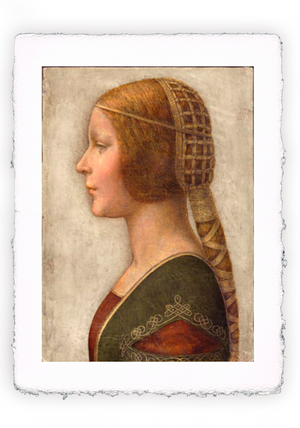
The "rich guy" who didn't get (that) famous

Gustave Caillebotte's father, Martial, had a company that, for generations, had been supplying textiles for the military, amassing a large fortune.
He did not pester his son who, in this way, was free to do what he liked best. When his father died, Gustave was 26 years old, and with the huge inheritance he had received he decided to subsidize his activity as an artist.
Despite his extraordinary talent, in the imagination of the general public it is sometimes even forgotten. For the general public the impressionists are Monet, Manet, Degas etc., but not Caillebotte even if its importance was decisive, and not only on an artistic level.
Gustave was truly "ahead" of his time. Few understood the great contribution that photography could make to painting.
The painter understood that photography was the best medium to document the reality of everyday life so dear to the Impressionists. In fact, his paintings are real snapshots of nineteenth-century Parisian life.
The cut is photographic: people and objects are cut from the edge of the canvas, exactly like in the photographs. The views and perspectives are painted as if he used a wide angle lens. No one is posing, the characters are in motion and do not “look into the camera”.
Not even when the cut of the picture looks like it to a subjective shot, as in the case of the image of the tank top in this post. The rower is portrayed as if Gustave were sitting opposite him in the canoe. He even anticipated a type of photography, such as views from above or from balconies, which would only be born a decade later.
Caillebotte has been able to combine academicism, realism and impressionism.
The most famous impressionists owe him a lot. With his wealth, Gustave made no one lack subsistence by buying their works. Monet, a chronic penniless, regularly paid the rent of a house in the center of Paris.
For him to keep the group together it was very important and tried to keep it united even when the first disagreements and differences of views began.
In 1882, despite his efforts, the unity of the group was gone. He decided to exhibit one last time with them and never painted again.
He also decided not to buy more paintings and devoted himself to other activities: gardening, philately and boating.
His untimely death revealed a last fundamental act of great impact for the Impressionists: he donated his collection to the state, but to precise rules.
“I donate the paintings I own to the state; however, as I want this gift to be accepted as long as the works do not end up in an attic or provincial museum, but end up first in the Luxembourg and then in the Louvre, some time needs to pass before this clause is performed, and that is until the moment in which the public does not say that they will understand these works, but at least they will accept them "
In this way an entire collection of Impressionist works became part of a public collection. Among the 67 works, perhaps out of a modesty of other times, not even one was his.
The label of "rich boy" and his goodness of soul did not help him receive the right credit. I trust that Gustave Caillebotte will gradually succeed in occupying his rightful place in the firmament of the Impressionists-


Leave a comment